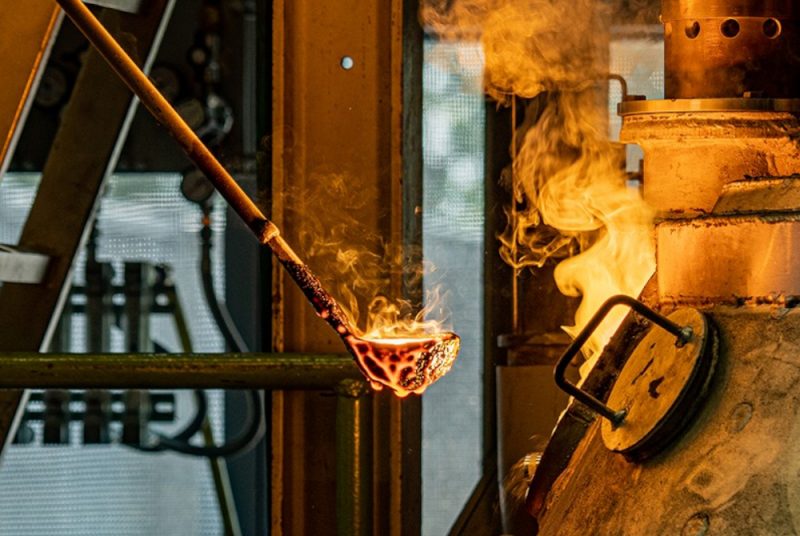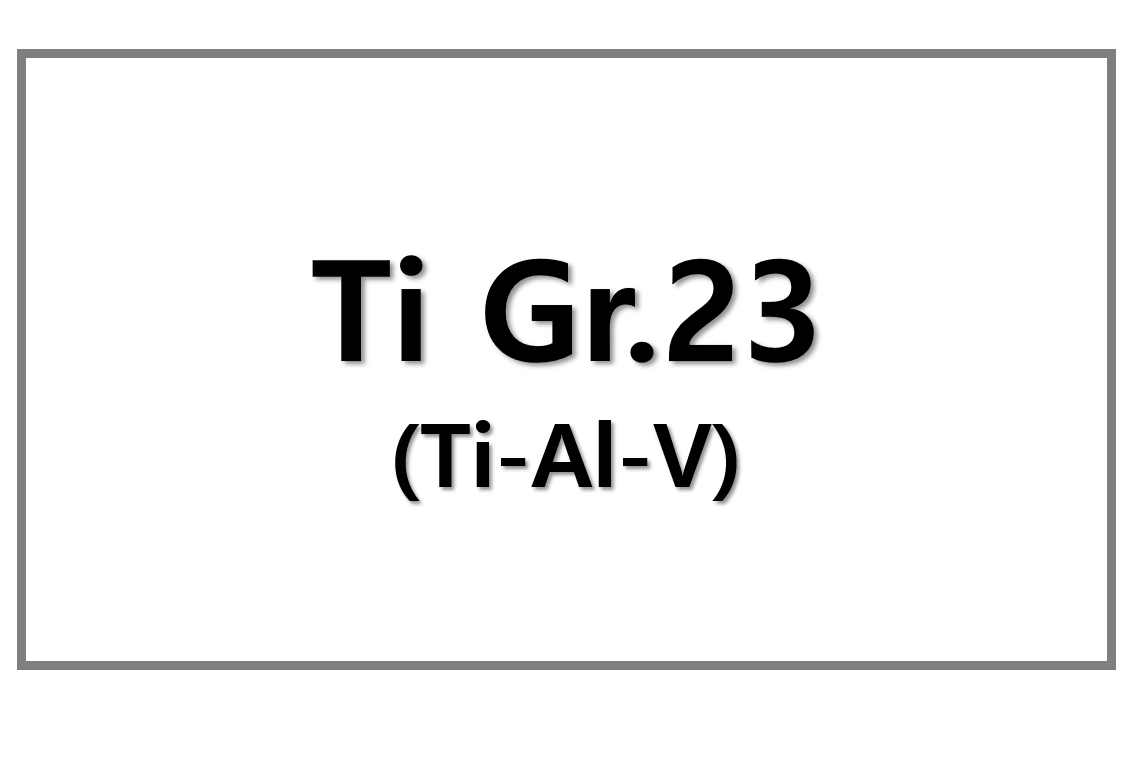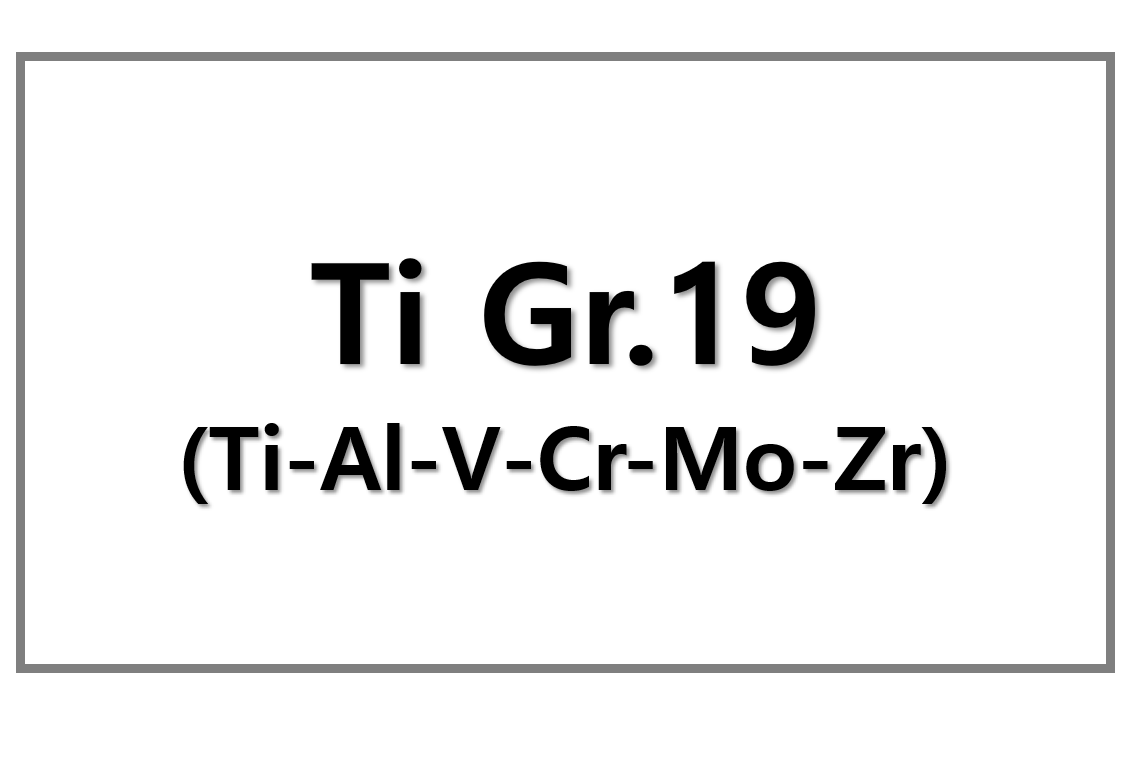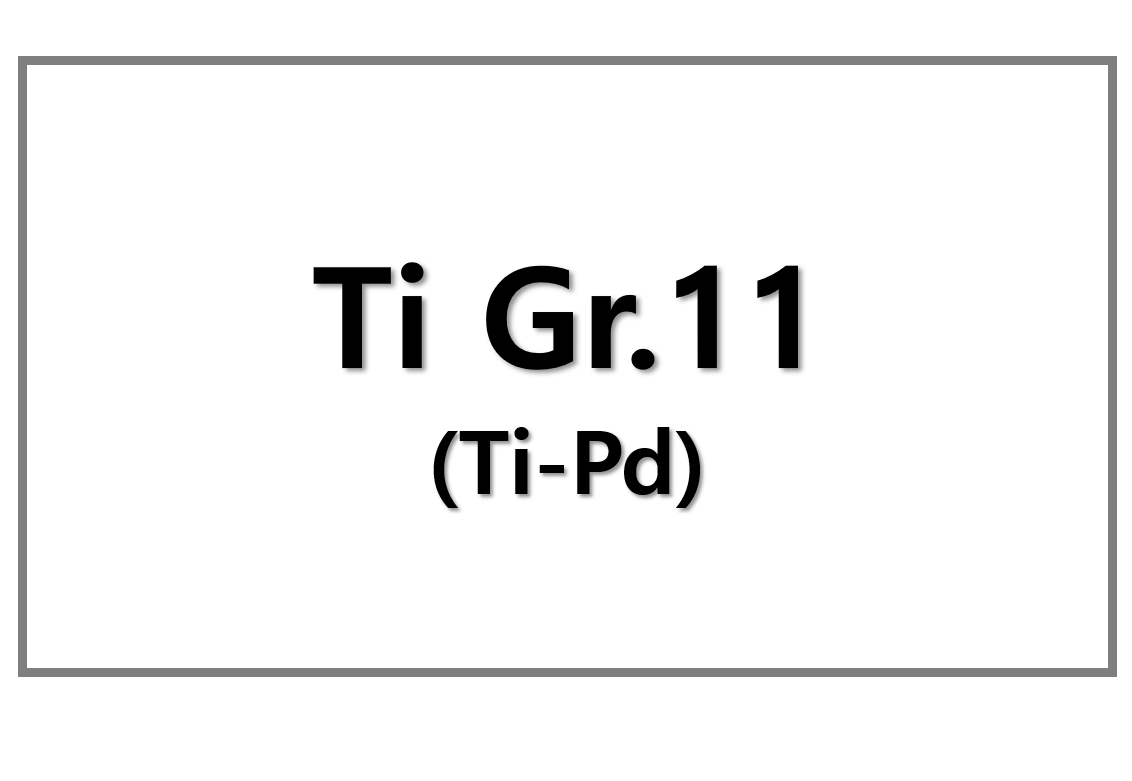
Steel Production Declines in Germany Amid Global Challenges
In August 2025, Germany’s steel production dropped by 10.5% compared to the same month in 2024. The country produced 2.58 million tons of steel, continuing a worrying trend. German steelmakers have now seen year-on-year declines for eight consecutive months, according to data from the German Steel Industry Association (WVStahl).
Steel production is down across multiple methods. Oxygen converter output decreased by 9.6% year-on-year, totaling 1.94 million tons. Electric arc furnaces saw a more dramatic drop of 22.5%, with production falling to just 636 thousand tons. Compared to July 2025, oxygen converter output rose slightly by 2.3%, while electric arc furnace output fell by 13.4%.
A Broader Trend: Long-Term Decline in German Steel Production
The ongoing decline in Germany’s steel production continues into 2025. From January to August, production fell by 11.9% year-on-year, totaling 22.4 million tons. Oxygen converters showed a 15.2% drop, and electric arc furnaces saw a smaller decline of 3.8%. Pig iron production also decreased by 14.6%, reaching 14.12 million tons.
While 2025 has seen a downturn, 2024 brought some positive results. Germany recorded a 5.2% increase in steel output from 2023, reaching 37.23 million tons. However, overall production remains below 40 million tons, a critical threshold for a robust industry. This underperformance reflects broader challenges in steel production, including economic and supply chain difficulties.
Implications for the Global Steel Market
Germany, as one of the top ten steel producers globally, often sets the tone for industry trends. The ongoing decline in production suggests that Europe, particularly Germany, faces multiple challenges. These include high energy costs, raw material shortages, and changing demand patterns. A shift in Germany’s steel production can influence global steel prices and supply chains.
This downturn also points to the global transition to greener steel production technologies. Germany is working to decarbonize its steel sector, a costly and complex process. In the short term, these efforts may contribute to further reductions in steel output.
SuperMetalPrice Commentary:
Germany’s ongoing steel production decline highlights broader economic challenges. High energy costs, fluctuating raw material prices, and the push for greener production are all factors contributing to this trend. The situation may have wider implications for global markets. As the industry adapts to sustainable technologies, manufacturers and investors should monitor these shifts closely to understand the long-term impact on the market.











Leave a Reply
You must be logged in to post a comment.